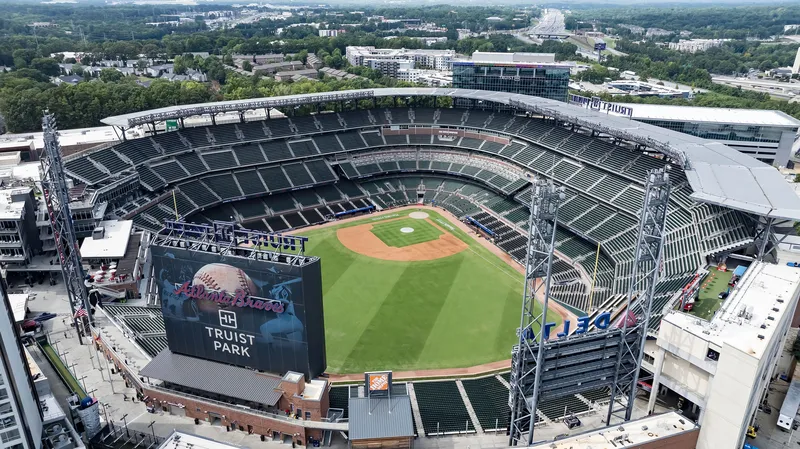The first over-height vehicle detection system (OVDS) in Qatar has been launched at the Duhail intersection in Doha. The new system will help provide greater control over trucks and protect bridges and tunnels, the Public Works Authority (Ashghal) said yesterday.
The system is operated and controlled by the traffic signal control room (TSCR) at Ashghal. The OVDS uses integrated sensors or height detectors, electronic message board and CCTV, to detect vehicles that violate the maximum permitted height of
January 6, 2014
Read time: 2 mins
The first over-height vehicle detection system (OVDS) in Qatar has been launched at the Duhail intersection in Doha. The new system will help provide greater control over trucks and protect bridges and tunnels, the Public Works Authority (5840 Ashghal) said yesterday.
The system is operated and controlled by the traffic signal control room (TSCR) at Ashghal. The OVDS uses integrated sensors or height detectors, electronic message board and CCTV, to detect vehicles that violate the maximum permitted height of 5.5 metres before entering tunnels, or passing under bridges. In the event of any over-height vehicle trying to enter the interchange, the system will alert the vehicle through a siren audible at the site, followed by a multi-lingual text message that appears on the electronic board at the site.
At the same time, the traffic signal at the approach will be changed to red by the control room to prevent the vehicle from entering the interchange. If the vehicle ignores the warnings, the control room will immediately contact the traffic department to take steps to prevent the vehicle from entering the interchange.
Ashghal’s Road Operation and Maintenance Department is looking at the possibility of introducing the OVDS at more intersections across Doha.
The system is operated and controlled by the traffic signal control room (TSCR) at Ashghal. The OVDS uses integrated sensors or height detectors, electronic message board and CCTV, to detect vehicles that violate the maximum permitted height of 5.5 metres before entering tunnels, or passing under bridges. In the event of any over-height vehicle trying to enter the interchange, the system will alert the vehicle through a siren audible at the site, followed by a multi-lingual text message that appears on the electronic board at the site.
At the same time, the traffic signal at the approach will be changed to red by the control room to prevent the vehicle from entering the interchange. If the vehicle ignores the warnings, the control room will immediately contact the traffic department to take steps to prevent the vehicle from entering the interchange.
Ashghal’s Road Operation and Maintenance Department is looking at the possibility of introducing the OVDS at more intersections across Doha.










